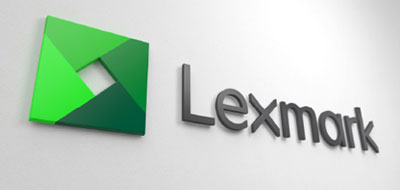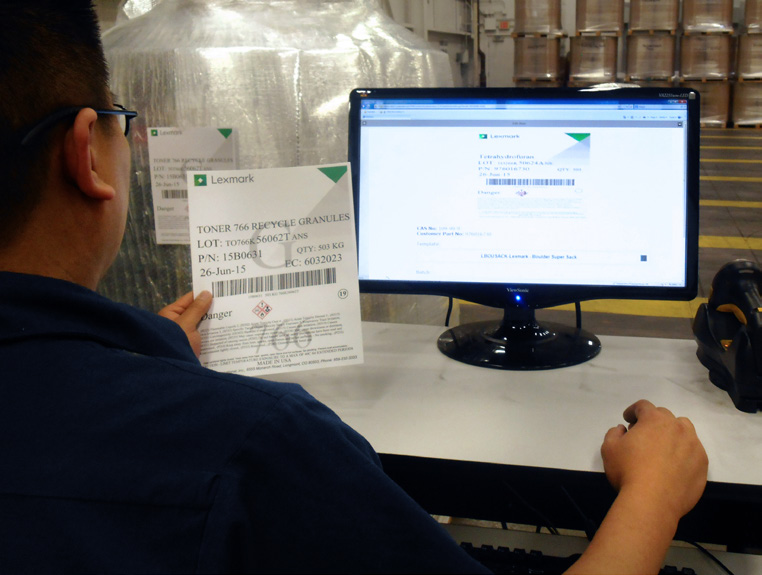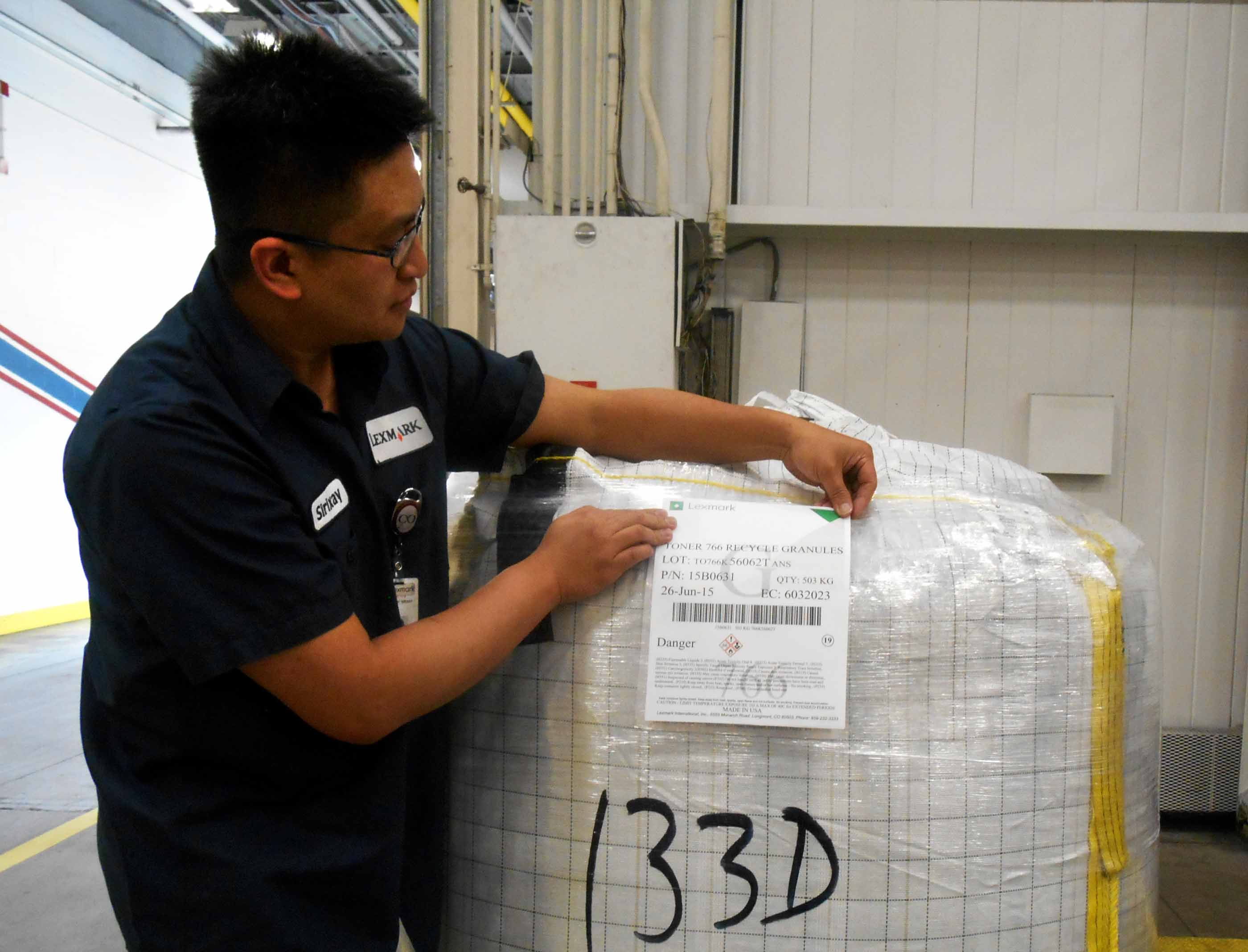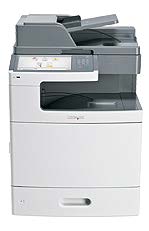Lexmark hits GHS compliance head on
SUCCESS STORY
Like most manufacturers, Lexmark needed a seamless solution to comply with the changing government regulations for labeling hazardous chemicals. It found the answer within its own enterprise software team.

Lexmark's First Customer Program: GHS Label Publishing
About
First Customer is a Lexmark initiative that supports the implementation of our products and solutions internally. Using our own solutions, we gain the enhanced productivity and cost savings that our products provide, as well as, real-world insights into product usage so that we may continually improve our solutions for our customers.
Industry
Manufacturing
Product
Content Publishing & Distribution, Managed Print Services (MPS), Printers & Multifunction Devices
With the deadline for OSHA1 and GHS2 regulations fast approaching, three of Lexmark’s North American plants (Boulder, CO; Lexington, KY; Juarez, Mexico) needed to upgrade their systems and processes for creating labels.
According to David Callister, software engineer in Lexmark’s Boulder and Juarez plants, “Most of the time, a change to a chemical component would require manual processes between the engineering, planning and logistics teams, with a lot of work going back and forth to get all the information right on each label.”
Lexmark needed a solution that could seamlessly integrate with its existing manufacturing systems, ensure label accuracy and improve business processes while reducing costs.

Printing labels is fast and easy with litte-to-no waste.
To find out, a new team was formed to bring together the manufacturing requirements from Lexmark’s own experience and from customers, experts in safety and health regulations, safety data content vendors and technology experts. The result? Lexmark GHS Label Publishing and Printing solutions.
The Lexmark GHS Label Publishing solution uses smart-template technology to automatically create and publish GHS labels that are always accurate and brand-consistent. To do this, Lexmark integrates the solution with systems such as its existing manufacturing execution system (MES), enterprise resource planning (ERP) tool (SAP), vendor database, marketing library and SiteHawk, its third-party database of safety data sheet (SDS) information.
Alberto Hernandez Mariscal EHS manager, Lexmark Juarez plantOne of the most important aspects to this system is that it will help transition us from a ‘right to know’ process to a ‘right to understand.’ Getting these labels right helps us reduce risk for our employees.
Smart templates, smart solutions
With smart-template technology, information is automatically sized and positioned as needed. For example, if a chemical name is long, the font size can change so that the entire name can fit on the label instead of being truncated. Or, space can be made to accommodate the number of pictograms needed for each label.
In terms of Lexmark’s old process with the new GHS regulations, Callister says, “We would’ve had to go in and manually design each label to meet the new regulations and convert to a format that’s compatible with OSHA’s regulation. Now, we don’t have to reinvent the wheel to meet government regulations; each label adjusts so that it contains the right information in a format that’s legible.”
David Callister Software Engineer, Lexmark Boulder and Juarez plantsNow, we don’t have to reinvent the wheel to meet government regulations; each label adjusts so that it contains the right information in a format that’s legible.
Supporting compliance across the globe
Every week, Lexmark ships toner internationally, most commonly between the U.S. and Mexico. Ensuring labels are accurate and compliant helps remove costly delays in transportation, and with labels in the right language, crossing borders is easier and there’s less of a delay in customs.
In terms of compliance, Alberto Hernandez Mariscal, sustainability and environmental health and safety (EHS) manager in the Lexmark Juarez plant, says, “One of the most important aspects to this system is that it will help transition us from a ‘right to know’ process to a ‘right to understand.’ Getting these labels right helps us reduce risk for our employees.”
Less time and money spent making a change
Previously, the Lexmark team would have to manually update changing information in one system and then make the change to labels before reprinting. Now that the systems are integrated, when a change is made in the system of record, it is automatically reflected on the corresponding label at the next time of print.
According to Hernandez Mariscal, “Before when we’d have to make a change, we’d have to manually follow up for each label. Now, it’s completely automated.”
Alberto Hernandez Mariscal EHS manager, Lexmark Juarez plantBefore when we’d have to make a change, we’d have to manually follow up for each label. Now, it’s completely automated.
Faster processes and better operations
The implementation of the new system and process has been very “seamless, straightforward and easy,” according to Callister. The new system enables Lexmark plants to select the label that needs to be printed and direct output to specific devices across the plants.
“We needed that flexibility,” states Callister, “From our MES, we can dictate where a label is printed, whether it’s to an office printer nearby or a printer on a loading dock.” For printing labels, Lexmark plants are using the Lexmark X792 multifunction color laser printer.

Labels are legible and clear.
Printing for even the toughest environments
Lexmark sends shipments to China every week, sometimes daily. For maritime shipments, OSHA and GHS regulations stipulate that hazardous communication labels be certified for the International Maritime Dangerous Goods (IMDG) code and the British Standard (BS) 5609 Marine Immersion Label Testing Standard. Lexmark is one of a small number of printer manufacturers that are certified to print labels that pass the 90-day seawater submersion test and have gained IMDG and BS 5609 certification3.

The Lexmark X792de is a multifunction product used for high-speed color printing.
Extending the value in more ways than one
The new approach to GHS labels offers multiple extended advantages to Lexmark. Already in practice today is the ability to create one-off hazardous communication labels for products not normally used within the plants. Specifically in the Juarez plant, this has been useful to improve communication for employees within the work place. Hernandez Mariscal says, “To put information together, particularly when it’s not a commonly used item, would be troublesome if done manually. We’d have to write it by hand. With this system, we can label what we need, when we need it.”
In addition, with the ability to search for a label on a computer, a mobile device or directly from the smart MFP, Lexmark’s GHS solutions ensure shipments get the labels they need, wherever and whenever they need them.
Smart templates: A perfect example
During the implementation of the Lexmark GHS Label Publishing and Printing solutions in Lexmark plants, the company as a whole rolled out a new Lexmark logo and brand identity. Making this change to GHS label templates was simple: The new logo was uploaded to the marketing library and the next label printed reflected the change. No pre-printed label stock was wasted, nor was any time spent updating individual files.
1. OSHA stands for the Occupational Safety and Health Administration and is an agency in the United States Department of Labor responsible for assuring safe and healthful working conditions.
2. GHS stands for the Globally Harmonized System of Classification and Labeling of Chemicals, and is a global system used to label materials for transport. GHS labels are designed to enhance communication of hazardous materials through safety labels that are clearly printed and attached to shipments.
3. The Lexmark color laser printer C792 and Reliance label GL1010 and GL1250 have passed all of the IMDG and BS 5609 requirements.